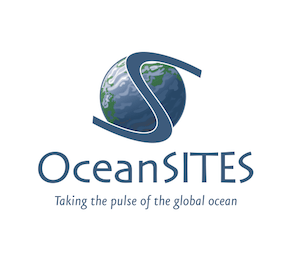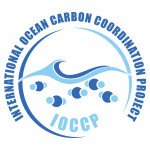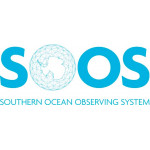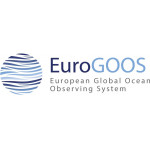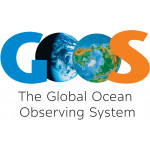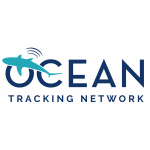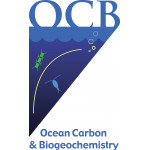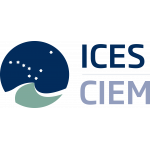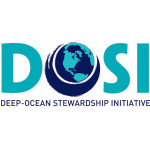OceanSITES
OceanSITES global Eulerian Observatory network
Established: 1999
| Organisation type: | Programme |
| Geographical scope: | Global |
| Member countries: | Argentina, Australia, Bermuda, Brazil, Canada, Cape Verde, Chile, China, Denmark, Faroe Islands, France, Germany, Greece, Iceland, India, Ireland, Italy, Japan, Korea, Republic Of, Netherlands, Norway, Peru, South Africa, Spain, United States |
| Participating countries: |
| Funding source | Percentage |
|---|---|
|
%
|
|
|
%
|
|
|
%
|
|
|
%
|
|
|
%
|
|
|
%
|
|
|
%
|
|
|
%
|
|
|
%
|
Organisation’s vision:
Providing a global, transparent and multidisciplinary time series network for the global ocean observing
Organisation’s mission:
The mission of OceanSITES is to collect, deliver and promote the use of high-quality data from long-term, high-frequency observations at fixed locations in the open ocean. OceanSITES typically aim to collect physical, biogeochemical, and biology/ecosystem data worldwide using open-ocean, full-depth water column as well as the overlying atmosphere.
Organisation’s objectives (if different from the Mission):
The OceanSITES network of stations or observatories measures many aspects of the ocean's surface and water column using, where possible, automated systems with advanced sensors and telecommunications systems, yielding high time resolution, often in real-time, while building a long record. The sites serve multiple purposes. Main categories are the following (note, site might be a composite of any of the three):
• Transport moored arrays – these sites are often composed by an array of moorings that monitor the transport and characteristic (physics, biogeochemical, ecosystem)
• Air/sea flux reference sites – these sites have complex surface buoys accompanied by upper ocean instrumentation and serve as cal/val sites e.g. for satellite derived products
• Global ocean watch – these sites aim for long time series of properties across disciplines (physics, biology/ecosystem, biogeochemistry)
One of the main drivers for time series is to provide both monitoring and process observations to detect, understand, and predict global physical, biogeochemical and ecosystem state and changes, including ocean warming, ocean carbon uptake/storage and acidification, but considering also the role of and impact on ecosystems.
Keywords
- UNSDGs
- multidisciplinary
- sustained ocean observations
- time-series stations
Activities
- Data management, interoperability, sharing, access, open data policies
- Science coordination
- Technical coordination of ocean observing
